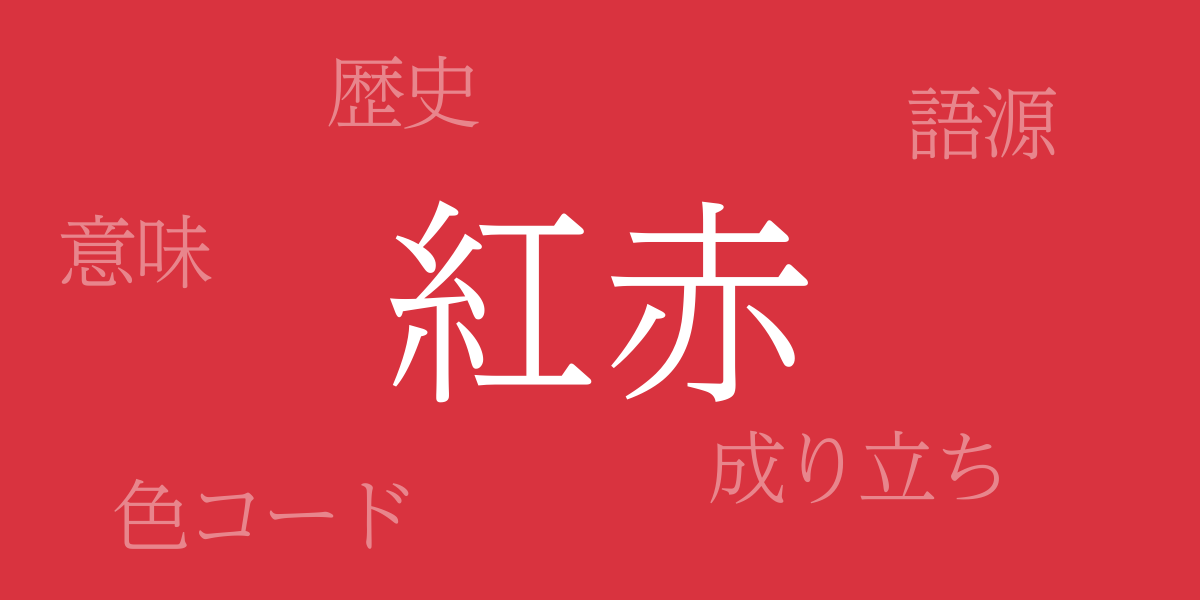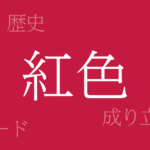Colors transcend cultures and eras, deeply embedding themselves in people’s sensibilities. Japanese traditional colors, with their unique beauty and emotional depth, continue to captivate people worldwide. Among them, “紅赤 (べにあか)” holds a special place as a traditional Japanese color, beloved for its rich history. This article explores the allure of Beniaka, examining how this color has become embedded in Japanese culture.
About 紅赤 (べにあか)
紅赤 (べにあか) refers to a deep red color, one of Japan’s traditional colors. It is made using natural dyes extracted from safflower, known for its warm, rich red hue. Beniaka has been used in Japanese nature, traditional crafts, and kimono, symbolizing the Japanese aesthetic sense and cherished throughout history.
History of 紅赤
The history of Beniaka is ancient, with uses in garments and murals as early as the Nara period. During the Heian period, it was considered a crucial color in the aristocracy, where garments dyed in Beniaka symbolized high status and power. The cultivation of safflower became popular in the Edo period, spreading Beniaka to the general populace. Although the advent of chemical dyes during the Meiji period changed the methods of producing Beniaka, its beauty continues to be cherished by many.
Color Codes for 紅赤
To replicate Beniaka in digital design, color codes are utilized. Below are examples of color codes representing Beniaka:
- HEX: #D9333F
- RGB: R:217 G:51 B:63
- CMYK: C:17 M:92 Y:73 K:0
Western Name for 紅赤
The Western names for Beniaka are often “Crimson Red” or “Ruby Red.” These names represent the depth and passion of Beniaka and show how Japanese traditional colors are perceived internationally.
Summary of 紅赤
Beniaka, with its historical background and beauty, tells the story of the significance of colors in Japanese culture. Traditionally made Beniaka continues to be beloved today, frequently incorporated into fashion and design. Even in the digital age, its color codes help spread the charm of Beniaka worldwide, demonstrating the enduring appeal of Japan’s traditional colors.

























